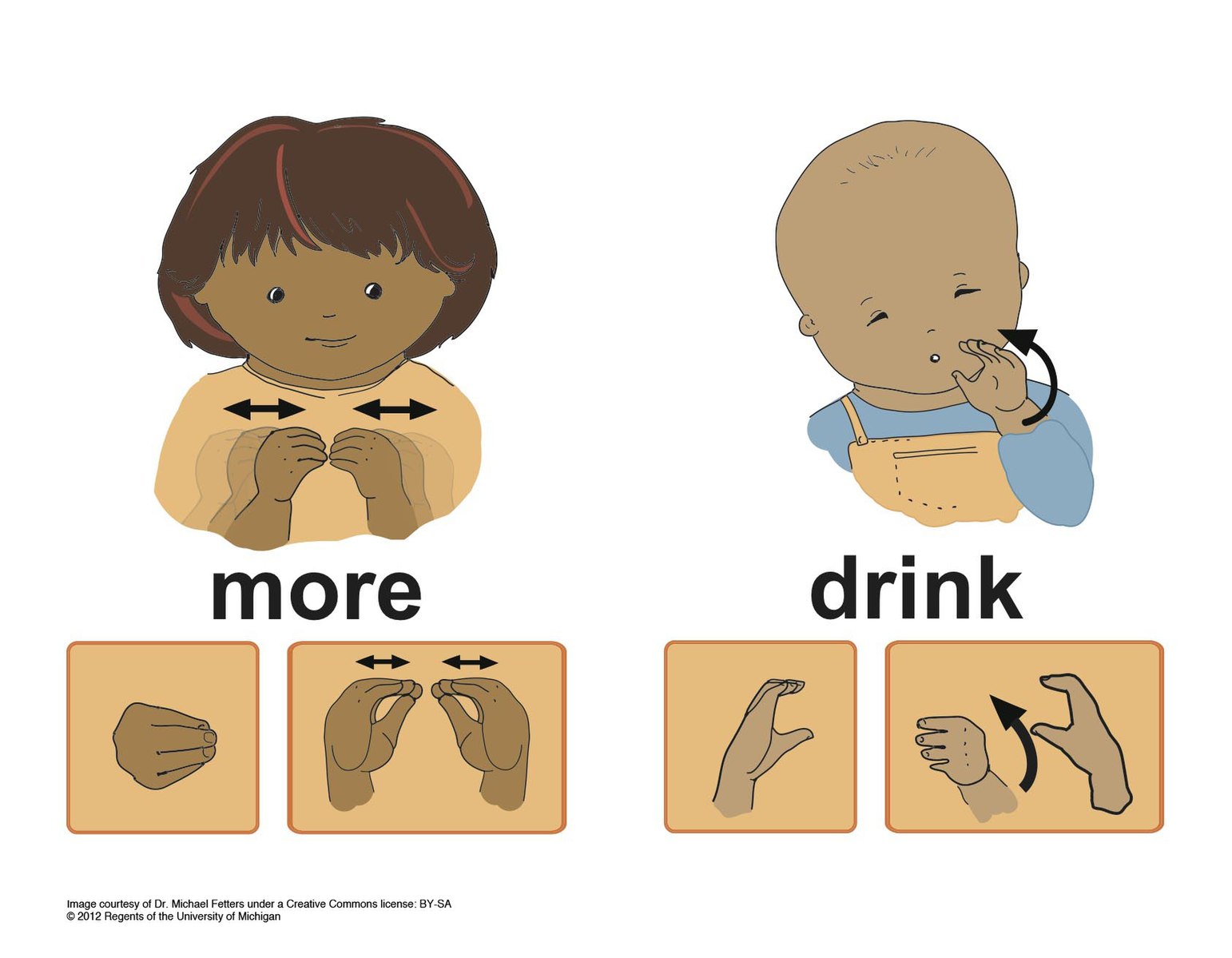Chapter 8. Higher order cognition: Language and Intelligence
8.1. Language
Language is defined as a communication system that involves the systematic use of words, signs, or symbols, to transmit information from one individual to another. We engage in a vast array of language-based activities every day, from speaking and listening (or signing and interpreting signs), to reading and writing. However, not all communication is language. Many species communicate with one another through their postures, movements, odors, or vocalizations. This communication is crucial for their survival and social interactions, but, unlike language, the complexity of ideas that can be communicated is limited. Language is thought to be uniquely human because it allows us to communicate abstract, complex ideas, about the past, present and future. Language is uniquely generative – this means that we can create infinite numbers of sentences with different meanings by combining words and phrases in different ways (Corballis & Suddendorf, 2007; Tomasello & Rakoczy, 2003).
Components of Language
Language, be it spoken, signed, or written, has a lexicon and grammar (Fernández & Cairns, 2011). The lexicon refers to all the words in a given language, in other words, the vocabulary. Grammar refers to the set of rules that are used to convey meaning, for instance, in English, we typically indicate past tense by adding –ed to the end of a verb (e.g., walk becomes walked). Syntax (word order) and semantics (word meaning) are part of a language’s grammar.
In most languages, each word is made up of phonemes and morphemes. A phoneme is the basic sound unit of a given language. If you learned to read by sounding out your letters – you were pronouncing the phonemes. In English, there are 26 letters in the alphabet but about 40 phonemes (depending on your accent). This is because some letters have more than one sound; for example, the letter “i” has two different sounds, think about how “i” sounds in the word “ice” versus “in”. Other letters combine to make a single phoneme, such as “th”. Some languages have very few phonemes (e.g., Hawaiian has 13) and other languages have a lot of phonemes, for example, Khoisan click languages have more than 100. Phonemes are combined to form morphemes, which are the smallest units of language that convey some type of meaning. For example, the word “unhappiness” has three morphemes. “Un” means not; “happy” means glad; and “ness” means a state of being. In addition to using phonemic systems of language, some cultures also use little pictures (characters) that depict morphemes or words. For example, Hanzi in China, Kanji in Japan, and Hanja in Korea all use the same ancient Chinese characters in one of their writing systems, see Figure 8.2 for an example.


Sign language is a nonverbal form of communication, which involves signaling using the hands and facial expressions (see Figure 8.3), but words can still be broken down into smaller phoneme-like visual units, which in turn can be combined into morphemes.
Intonation in language is also very important in conveying meaning. In many languages (e.g., Mandarin, Vietnamese, Thai, Punjabi, Yoruba, Cherokee) are tonal – the change in the pitch of a single syllable can change the meaning of the word dramatically.
Link to Learning
Watch this video . How easy is it for you to make the correct tonal variations in the Mandarin word – Ma?
Emphasis and tone of voice (prosody) are also vitally important for conveying meaning in both tonal and atonal languages. Consider for example, how your voice tends to go up at the end when asking a question, and how your voice changes when you feel happy or sad. In addition to these basic elements of language, pragmatic aspects of language also determine how we communicate in social and cultural contexts.
